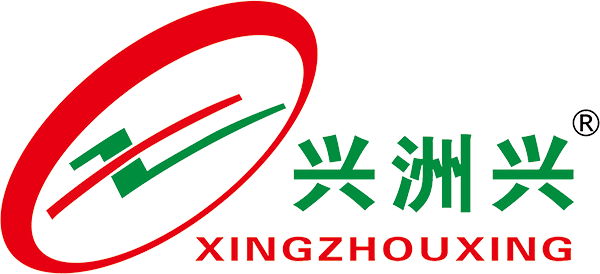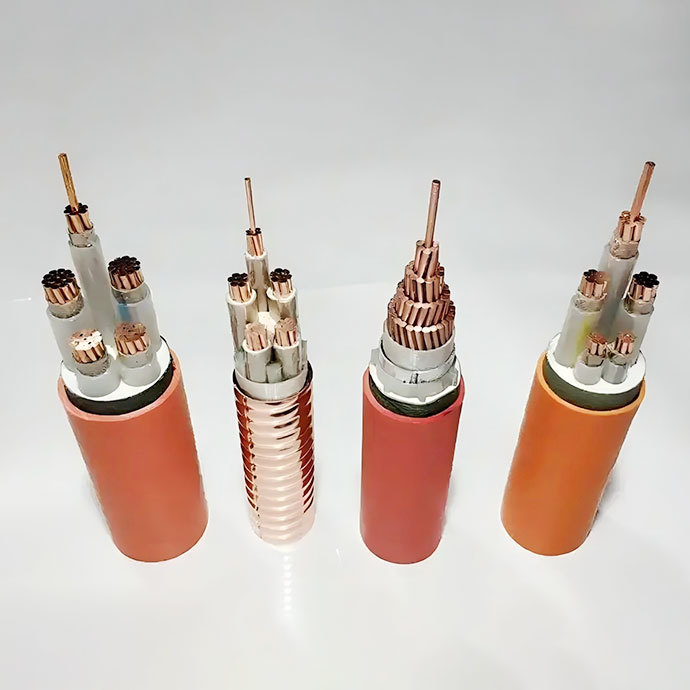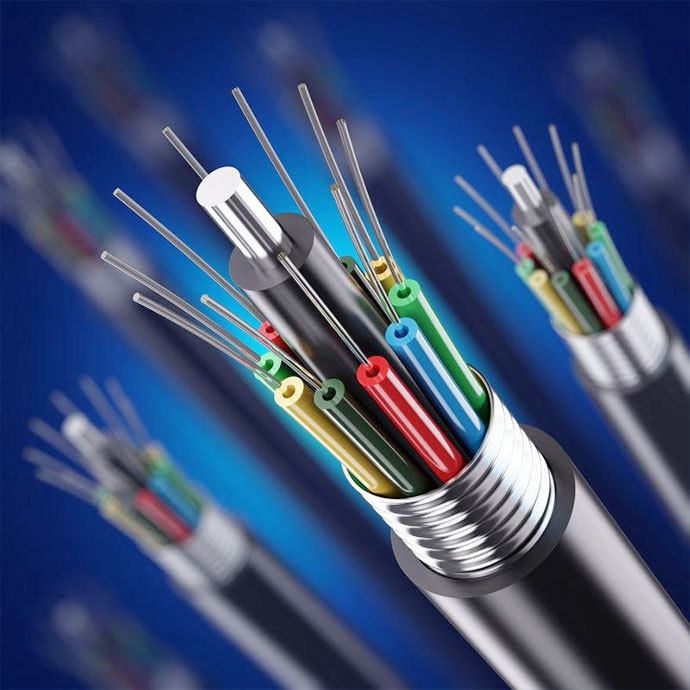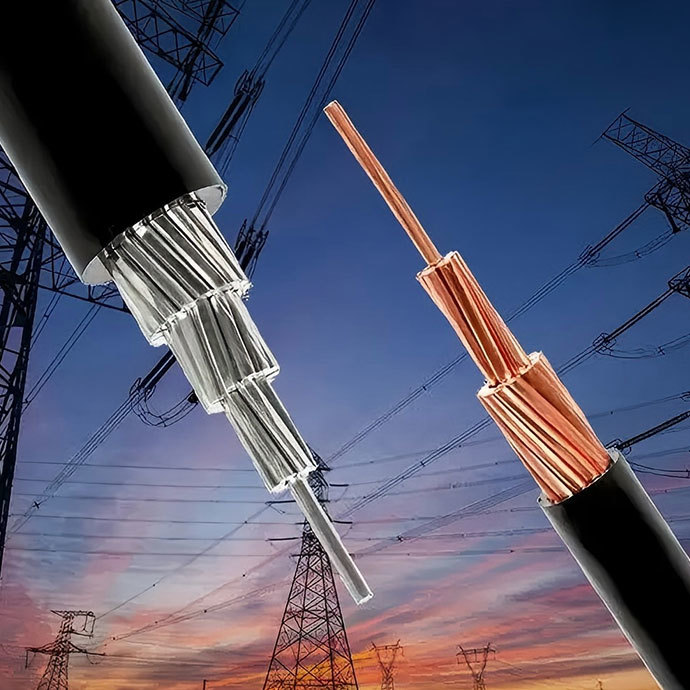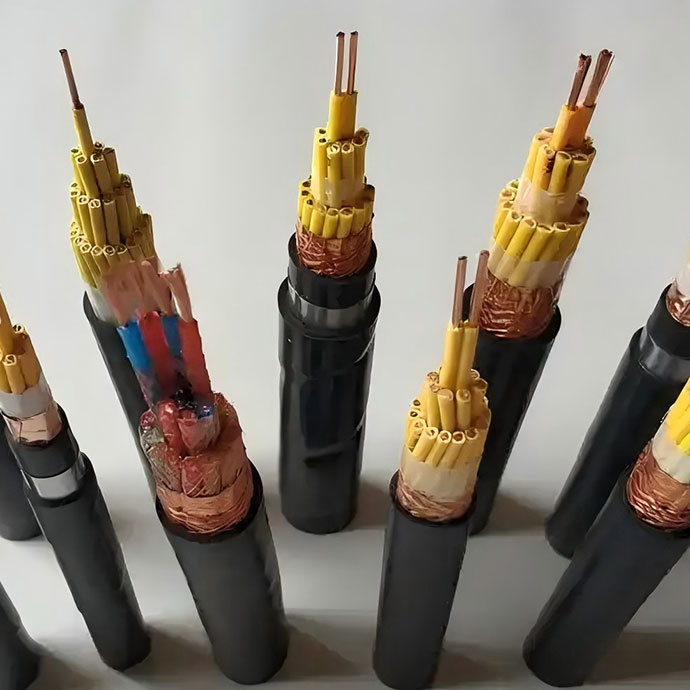Product
Contact Us
Hotline: 400-6019552
Tel & Phone:
+860317-2653118 / +8613903171615
Fax: +860317-2653866
Email: xingzhou118@126.com
Add: South of Jinhua Road, Renqiu Economic Development Zone, Hebei Province, China
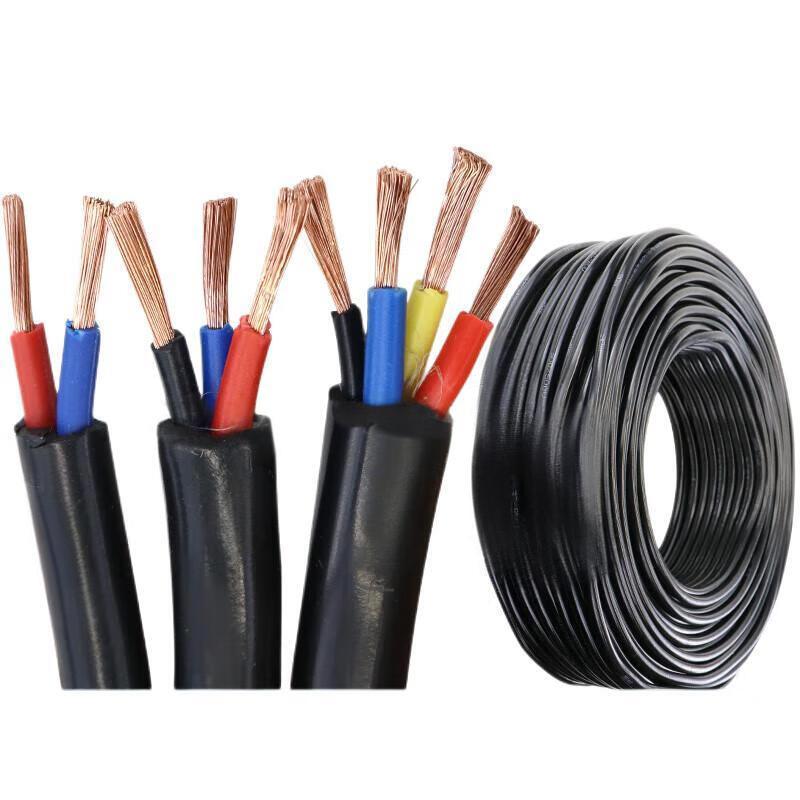
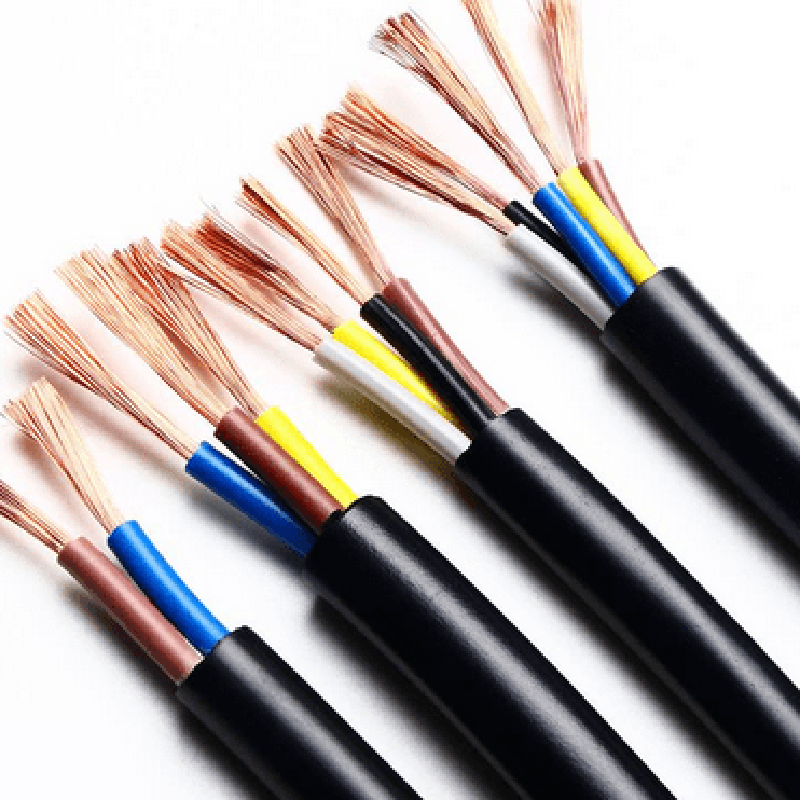
Polyvinyl chloride insulated cables with rated voltage of 450-750V and below
Keywords:
Category:
- Product Description
-
1. The following is an introduction to BV wires.
Name and Definition: BV wire stands for Copper Core Polyvinyl Chloride Insulated Wire. "B" represents the category as insulated wire, and "V" represents polyvinyl chloride insulation, also known as plastic copper wire.
Structure: Composed of oxygen-free copper conductor and polyvinyl chloride insulation layer.
Specifications: Common specifications include 0.75 sq mm, 1 sq mm, 1.5 sq mm, 2.5 sq mm, 4 sq mm, 6 sq mm, 10 sq mm, etc.
Characteristics: Features high strength, pressure resistance, high temperature resistance, and corrosion resistance. The working temperature is generally 60 degrees, 70 degrees, or 95 degrees, with a rated voltage of 450/750V. The ambient temperature during installation should not be lower than -15 degrees Celsius. The allowable bending radius of the cable varies depending on its outer diameter.
Colors: Available in various colors such as black, yellow, blue, red, brown, and white. Live wires are generally yellow, green, or red; neutral wires are blue; and ground wires can be yellow-green bicolor.
Model Classification: Mainly divided into ordinary BV wire, ZR-BV flame-retardant BV wire, and NH-BV fire-resistant BV wire.
Application Scenarios
- Home Renovation: Widely used for wiring in conduits in home decoration, such as single-core BV 2.5 sq mm wire for power outlets; single-core BV 1.5 sq mm wire commonly used for lighting; single-core BV 4 sq mm wire for air conditioners above 3 horsepower; and BV 6 sq mm wire can be used for main incoming lines.
- Construction Projects: Can be used for electrical wiring in construction projects such as high-rise residential buildings, commercial buildings, and medical facilities, providing safe and reliable power for various electrical equipment like elevators, fire fighting equipment, and ventilation systems.
- Electronic Devices: Suitable for internal wiring of various electronic devices such as computers, televisions, and audio systems, ensuring normal connection and signal transmission within the device's internal circuits.
- Industrial Sector: Used for power supply to electrical equipment and control circuit connections within factory workshops, such as power transmission and control signal transmission for equipment like machine tools, cranes, and production lines.
- Power Systems: Used in power system locations such as substations and distribution rooms to connect various electrical equipment, such as transformers, switch cabinets, and distribution boxes, to achieve power distribution and control.
2. The following is an introduction to BVR wires:
- Full Name: Copper Core Polyvinyl Chloride Insulated Flexible Wire.
- Structure: Composed of a conductor made of multi-strand copper wires twisted together and a polyvinyl chloride insulation layer, without an independent sheath layer.
- Specifications: Available in various specifications such as 1.5 sq mm, 2.5 sq mm, 4 sq mm, and 6 sq mm.
- Characteristics: Good flexibility, easier to bend than BV wire, making it convenient for routing through narrow spaces or complex wiring layouts; has good conductivity and insulation performance, effectively transmitting current and ensuring electrical safety; strong corrosion resistance, capable of adapting to certain harsh environments.
- Colors: Similar to BV wire, available in a variety of colors to meet different circuit differentiation and wiring needs.
Application Scenarios
- Home Renovation: Suitable for power cords of household appliances that require frequent movement or bending, such as vacuum cleaners and electric heaters. It can also be used for concealed wiring in walls, floors, etc., due to its good flexibility, which facilitates construction.
- Commercial Places: In commercial buildings such as shopping malls and hotels, it can be used for lighting systems, socket circuits, and power supply lines for some small electrical equipment, allowing for convenient wiring and adjustment.
- Industrial Electrical: Used for internal wiring of industrial equipment that requires high wire flexibility, such as control circuits and signal transmission lines in machine tools and automated production lines, which can bend with the movement or vibration of the equipment without easily breaking.
- Temporary Power Supply: In temporary power environments such as construction sites and temporary exhibition venues, BVR wire is easy to quickly wire and dismantle, meeting the power supply needs of temporary electrical equipment.
3. The following is an introduction to RVV:
Full Name: Copper Core Polyvinyl Chloride Insulated Polyvinyl Chloride Sheathed Flexible Cable, also known as light-duty PVC sheathed flexible wire, commonly known as flexible sheathed wire.
- Structure Composition: Composed of multi-strand fine copper wire conductors, PVC insulation layer, filler materials, and PVC sheath. The conductor uses oxygen-free copper strands, offering excellent conductivity and high flexibility; the insulation layer is PVC material wrapped around each conductor, providing insulation and protection; multi-core cables typically have hemp rope or fiber materials filled inside to enhance structural compactness and tensile strength; the sheath layer is the outer covering of PVC sheath- Specifications: Rated voltage is 300V/500V, core count ranges from 2 to 24 cores, color-coded according to national standards. Core wire specifications include 1 sq mm, 1.5 sq mm, 2.5 sq mm, etc.
- Performance Characteristics: Good flexibility, easy to bend, suitable for complex wiring environments; features voltage and corrosion resistance, the insulation and sheath layers can withstand certain voltages and resist acid and alkali corrosion; some RVV cables that meet national standards have flame-retardant properties, such as ZR-RVV, which can reduce fire risk; the working temperature range is usually -15℃ to 70℃, suitable for various indoor and outdoor environments.
Application Scenarios
- Home Appliance Connection: Can be used as power cords for electrical appliances such as televisions, refrigerators, air conditioners, and computers, providing stable and reliable power transmission.
- Indoor Lighting Wiring: Whether for pendant lights, table lamps, or wall lamps, RVV wires can efficiently connect power to various lighting equipment, making them indispensable wiring materials in indoor lighting systems.
- Security Monitoring Systems: In burglar alarm systems and video surveillance systems, they can be used to connect devices such as cameras, alarms, and control hosts, enabling signal transmission and device power supply.
- Building Intercom Systems: Used to connect indoor units, outdoor units, management hosts, and other building intercom equipment, enabling functions such as calls and unlocking within the building.
- Industrial Automation Control: In industrial production, it can be used to connect various automation equipment, instruments, and sensors, realizing signal transmission and control between devices, such as connections between controllers and motors, or sensors on a production line.
- Stage lighting and sound equipment: Due to its flexibility, it is often used for wiring stage lighting equipment and sound equipment, adapting to frequent movement and bending, and meeting the layout requirements of different performance scenarios.
Product Inquiry
Note: Please leave your contact information, our professionals will contact you as soon as possible!

